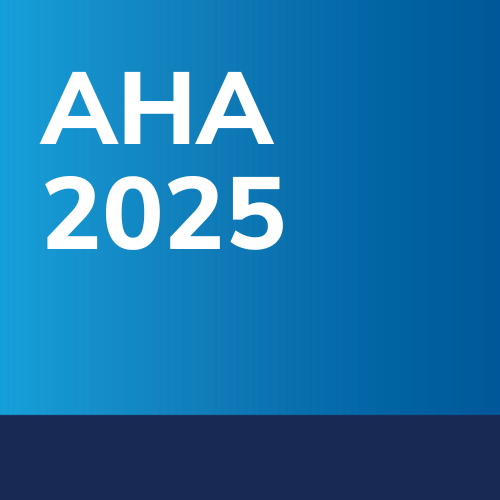A polypill combination of three medications typically prescribed for heart failure (HF), once daily for six months, improved heart function and symptoms, quality of life and medication adherence, as well as reduced hospitalizations, in patients with HF with reduced ejection fraction (HFrEF) and facing socioeconomic disadvantages. These findings from the POLY-HF trial at AHA 2025 support further implementation research, researchers said.
Ambarish Pandey, MD, et al., enrolled 212 adults with HFrEF from Dallas, TX, of whom 22% were female, 54% self-identified as Black and 33% as Hispanic, and nearly half (42%) reported food insecurity and one-third (32%) reported housing instability. Nearly 70% of participants were uninsured or were receiving county-sponsored health coverage and a similar number reported moderate-to-low medication adherence.
Once enrolled, participants were randomly assigned to receive a polypill that included metoprolol succinate, spironolactone and empagliflozin or standard care involving taking guideline-recommended medications as individual pills. All participants also took sacubitril-valsartan twice daily.
At six months, researchers observed improvement in left ventricular ejection fraction (LVEF) among all participants, with a 3% higher absolute LVEF among the polypill group compared with the standard care group. Participants in the polypill group also had fewer HF-related hospitalizations and emergency room visits and reported higher quality of life scores than those in the enhanced standard care group (72 points vs. 63 points, on a 100-point scale). In addition, blood tests confirmed that 79% of polypill patients had detectable levels of the tested medications (metoprolol and/or spironolactone), compared with only 54% in the standard care group, with more than 4-fold greater odds of taking all tested medications with the polypill.
A quantitative and qualitative study involving 41 POLY-HF participants published in Circulation: Quality & Outcomes revealed substantial medication burden, with nearly 60% of participants reporting taking ≥6 medications and 50% reporting missed doses, primarily due to forgetting (44%). The analysis demonstrated strong acceptability for a polypill approach with roughly 90% of participants expressing interest in the polypill, and 83% saying it would improve adherence.
Qualitative data identified multilevel barriers to medication adherence, including concerns about pill size and costs. At the same time, participants noted the reduced pill burden, improved psychological benefits tied to taking fewer medications, caregiver enthusiasm and provider trust were positive facilitating factors to polypill adoption.
“Implementation strategies should center around developing smaller pill formulations, identifying provider champions, engaging caregivers, and evaluating cost-neutral implementation approaches to optimize polypill adoption and improve GDMT utilization in vulnerable populations,” said Neil Keshvani, MD, et al.
Clinical Topics:
Heart Failure and Cardiomyopathies, Acute Heart Failure
Keywords:
AHA Annual Scientific Sessions, AHA25, Heart Failure

